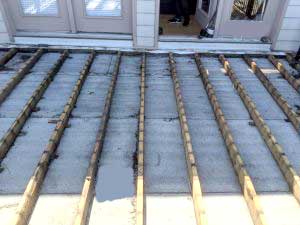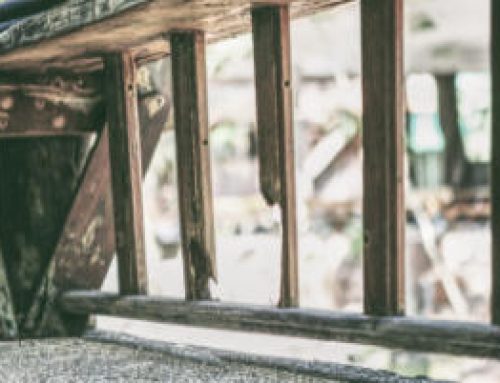When you purchase a product for your home or home improvement, it is important to  understand the warranty. What is more important, however, is to comprehend how you or your installer can inadvertently void your warranty.
understand the warranty. What is more important, however, is to comprehend how you or your installer can inadvertently void your warranty.
Pretty much, all products come with a warranty, whether it’s your coffeemaker or your roofing shingles. The manufacturer guarantees its product against failure or you are eligible to return the product for a refund or exchange.
Many people stop reading there. It’s when a problem develops with the product that problems can start. If it is, indeed, a product failure, like a hole or tear in a shingle out of the box, or the coffeemaker that won’t heat up, the exchange is simple.
When it comes to construction products, the warranty issue becomes stickier. Each building product comes with a specific set of installation instructions, which, if not followed to the letter, can and will void your warranty.
Examples of How You Can Void Your Warranty
For example, if you install a structure on top of a flat roof, you will void the roof warranty. There are generally specific warranty exclusions with these roof membrane products that include, but are not limited to, any deflection or movement in the product, traffic of any nature on the roof surface such as walking or recreation, the roof surface being used as storage, and/or placement of any structure atop the roof such as framework. In other words, a wood-framed deck placed directly on top of the roof membrane does not conform to the manufacturer’s installation instructions and therefore, has voided the warranty and caused major structural damage (see image).
As another example, cement board lap siding products require specific clearances to sidewalks, earth and roofing. Many contractors install this product too tightly, without attention to the required clearances, which voids the product warranty.
Even your appliances come with strict installation requirements. They require dedicated circuits or specifically-sized gas pipes, rules which, if not followed, can have warranty implications.
Related: Bob Vila: 10 Surprising Ways You Can Void a Warranty
How Do I Know There is a Warranty Problem?
Unfortunately, unless you are familiar with construction practices and workmanship, you, as a homeowner, may not be aware that your warranty has been voided. You will only discover this when there is a problem and you go to make a claim on the warranty. It is best to have a construction expert on your side.
Steps to Avoid a Void on Your Warranty
There are things you can do to protect yourself from a void on your warranty.
- Familiarize yourself with the product and its installation requirements. Ask to see the warranty and installation instructions and review your contractor’s work as it is being done. Many times, problems can be hidden behind the walls, so it pays to catch errors early, before the drywall goes up.
- If you don’t feel comfortable reviewing the work yourself, hire a homeowner advocate like Först Consulting Group. We can monitor your contractor’s work throughout your home building or home improvement project, whether overtly or covertly, like on the weekends or after hours, and report any errors to you. This way, installation or construction errors can be fixed immediately and your warranty can remain valid.
- If you suspect a construction error, Först Consulting Group can also perform a construction forensics investigation to look for or confirm a problem. We will provide you with a detailed report and photographs that will serve as evidence against your contractor or in a legal dispute.
Use a Homeowner Advocate like Först Consulting Group
As a homeowner, you don’t have to be alone in your construction journey. Aligning with a homeowner advocate protects you and your property from a void on your warranty or potential problems later on.
Construction errors aren’t rare. We see them every day and require immediate remediation when we find them on a client’s jobsite. This way, you can ensure that your home is constructed in a safe manner that is up to code requirements.
If you’d like to learn more about our services, or require a forensic investigation, please contact Först Consulting Group.


